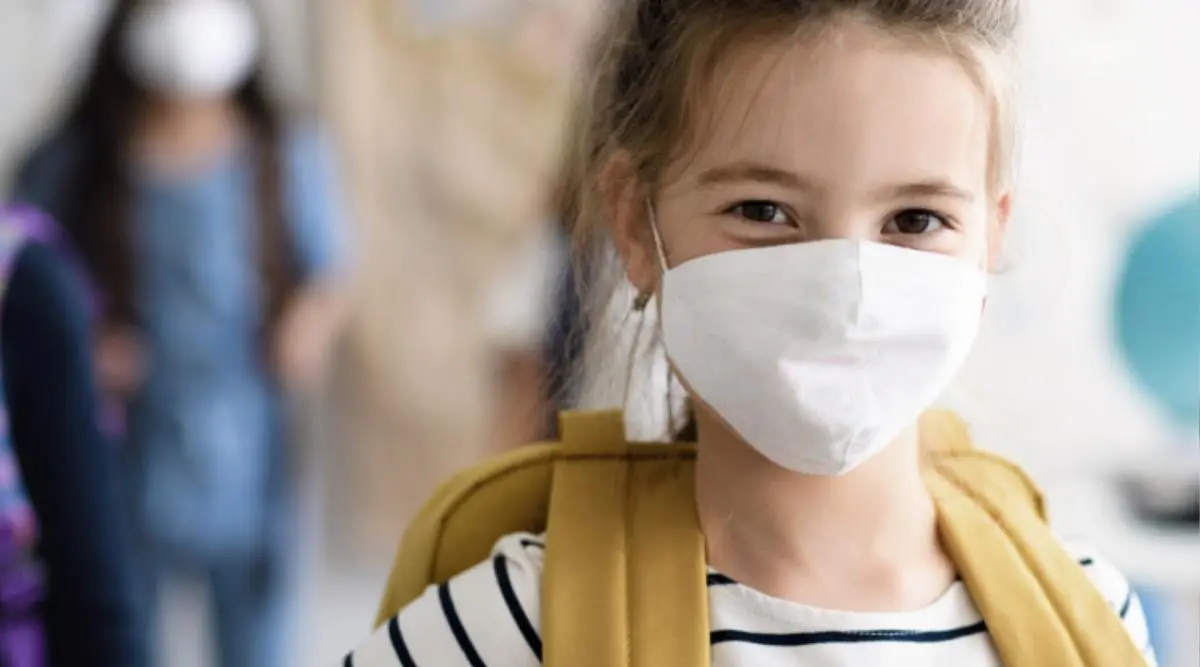2020 has been a totally atypical year, and without a doubt, it is generating many doubts when it comes to returning to normality. We are sure that we all want to return to our normal pace of life and surely even more so when we are younger.
The country’s authorities announced a few days ago that this year, the school year will begin on September 9 for preschool and primary school students . And in a second shift, on September 14, secondary school, high school, vocational training and university students will begin the course. There are many questions that we are asking ourselves about how the return to the classroom will take place and, above all, the security protocol that will be followed. For now, today we share with you everything you have to take into account so that the little ones can return to school as safely as possible .
To make things safer, the Ministry of Health and the Ministry of Education have worked together on a security protocol that will ensure a return to school as normal as possible. What will this return be like?
- For now, the return will be completely in person.
- There will be no capacity limit, but classes will be treated as a cohabitation unit. The school bus will also be considered a cohabitation group.
- It will be the teachers who move from classroom to classroom, not the students.
- In public spaces such as the patio or dining room, access and movement circuits will be followed.
- The ministry also proposes creating a form to monitor the contacts that children may have, in order to reduce the number of infections, that is, to know who they travel with and whether they participate in extracurricular activities.
Even so, security measures have been taken to ensure a safer return. If you are a parent, you will have received a letter from the Government explaining what this protocol will be before returning to school. It involves carrying out a voluntary screening for all students and teaching staff as well as support for educational centres. But are you clear about what each aspect of these tests means?
- nCOV IgM/*IgG Rapid Test: This rapid test is performed by taking capillary blood. The test detects antibodies that are the immune response to the infection. This test is very simple to perform by taking a small blood sample from the skin. To be clear, capillaries are small blood vessels that are very close to the surface of the skin. A small prick on the finger would be enough.
- Antigen detection test using TMA : This test is performed by obtaining a pharyngeal sample and can detect people with SARS-CoV-2 infection.
If a positive result is detected, the Ministry of Health has prepared a protocol that would consist of isolating the entire class for a period of 7 days and carrying out a mandatory TMA test to rule out SARS-CoV-2 infection. If the result is negative, the students will be able to return to normal.
We take this opportunity to give you some tips that could be very useful for this return to school. In their backpack , make sure they always carry with them a spare mask, a hydroalcoholic gel and even a small soap so they can wash their hands as well as tissues. For when they return from school , we recommend that you follow a small protocol to prevent anything from affecting your home.
- Have them take off their shoes before entering the house and store them in a ventilated place. The same goes for clothes; we recommend washing them at a temperature above 40° or leaving them to air out.
- Avoid letting them touch anything until they wash their hands. We even recommend that they take a shower beforehand.
- Disinfect all objects that may have been touched or been in contact with other people: cell phones, glasses, rings, necklaces or other objects.
These are some tips you can take into account to avoid any infection as much as possible.
Together, we will make a safer and easier return to normality possible!
